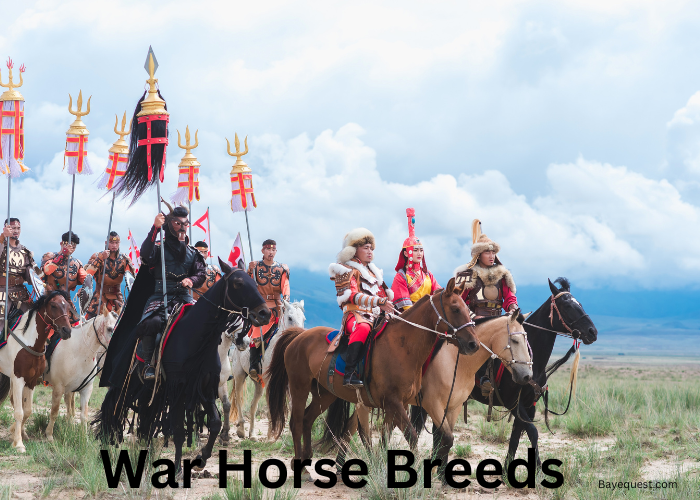War isn’t just about men and metal. It’s also about muscle and mane. Horses were the unsung heroes, charging into battle with courage.
Some breeds were made for this, bred to be warriors. They carried knights, kings, and soldiers into history.
These war horses weren’t just animals—they were comrades. Today, we’re exploring the breeds that shaped history.
From battlefields to legends, their stories endure. Let’s uncover the war horse breeds that galloped through wars and shaped our world.
War Horse Breeds: Key Takeaway
- The Arabian Horse
- The Andalusian Horse
- The Thoroughbred
- Marwari
- Percheron
- The Akhal-Teke
- Waler
- Friesian
- Shire
- Thessalian
- Mongolian
- Courser
- Palfrey
- Iberian
- Rouncy
- Holsteiner
- Hanoverian
- Ardennais
- Boulonnais of Flanders
19 Best War Horse Breeds
Now, Discover the powerful breeds that carried warriors into battle and shaped history.
1. The Arabian Horse
The Arabian horse is one of the oldest breeds, with roots tracing back over 4,000 years. Known for their endurance, these horses thrived in the deserts of the Middle East.
They are small but strong, with a dished face and high tail carriage. Their personalities are spirited yet loyal, often bonding closely with their riders.
Speed and stamina made them ideal for warfare, especially in long campaigns. Historical figures like Alexander the Great and Genghis Khan prized Arabians for their reliability in battle.
Even today, they remain a symbol of grace and endurance.
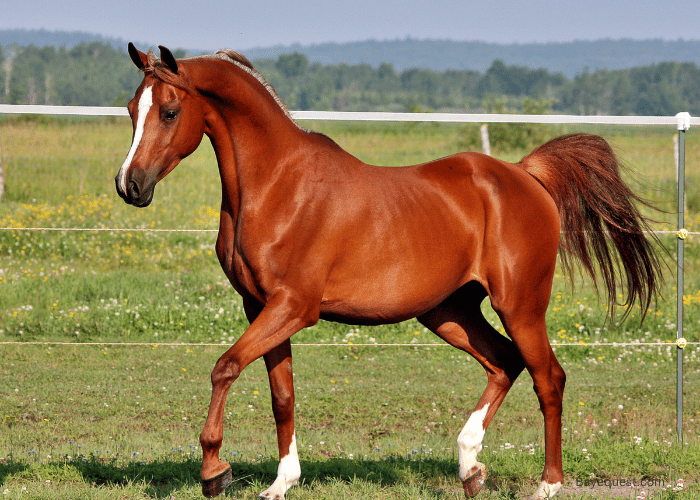
2. The Andalusian Horse
Bred in Spain, the Andalusian was the mount of choice for European knights. These horses are powerful and elegant, standing tall with a proud neck and thick mane.
Their strong hindquarters and agility made them excellent war horses, able to maneuver quickly in battle. They are intelligent and trainable, and have a calm temperament.
Famous figures like King Philip II of Spain and Napoleon valued Andalusians for their versatility in both battle and ceremony.
Read also: Andalusian Horse Price.
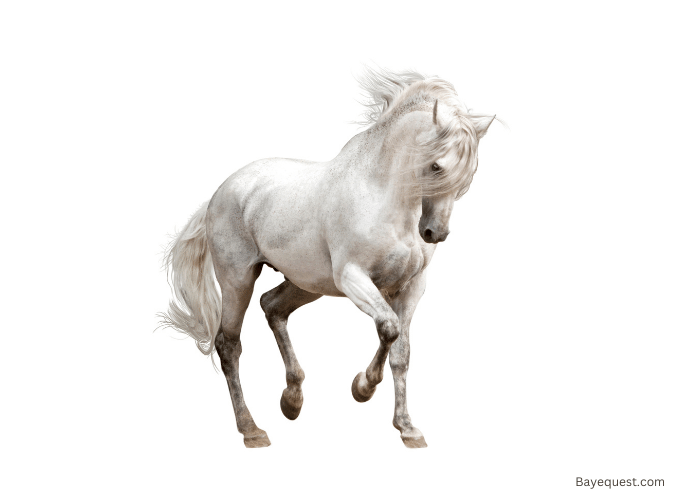
3. The Thoroughbred
The Thoroughbred is synonymous with speed. Originating in England, these horses were bred for racing but found their place in war due to their swiftness.
They are tall, lean, and muscular, with a deep chest that allows for powerful lung capacity. Known for being hot-blooded, they possess a competitive spirit and high energy.
Their speed made them ideal for messengers and cavalry units during war. Thoroughbreds are also known for their courage under pressure, making them suitable for battle.
Many generals, including Ulysses S. Grant, rode Thoroughbreds during the American Civil War.
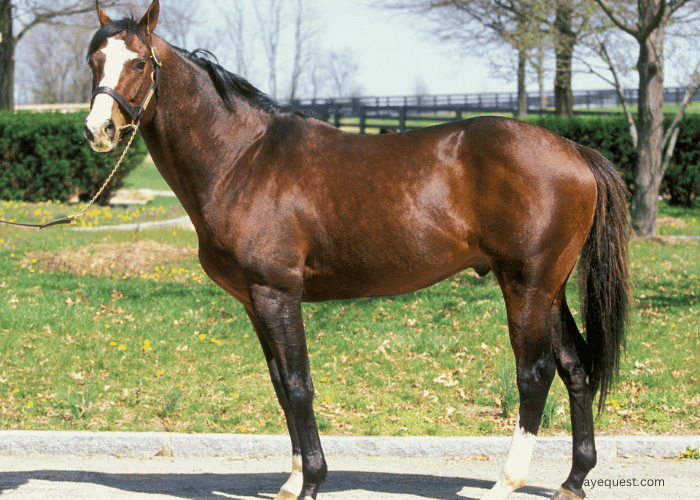
4. Marwari
Hailing from India, the Marwari horse is instantly recognizable by its inward-curving ears. These horses are medium-sized, with a strong build and a regal appearance.
They are brave and were often ridden by Indian royalty into battle. Their loyalty and courage in the face of danger made them legendary among warriors.
Historically, Marwaris were the mounts of Rajput warriors, who valued them for their ability to maneuver quickly in battle. Their unique appearance and storied history make them a symbol of Indian heritage.
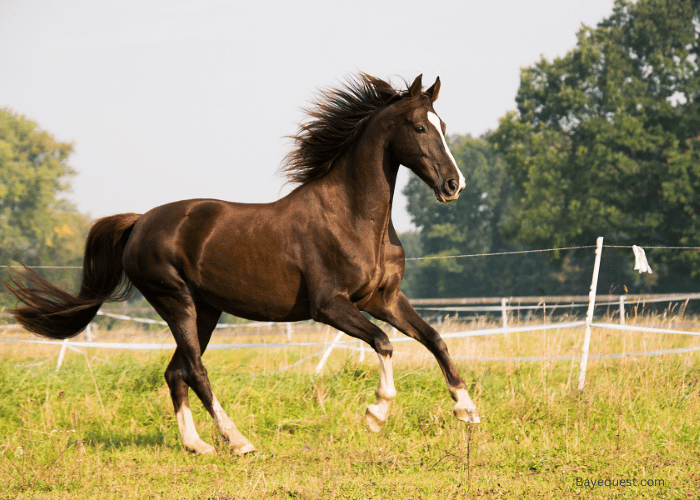
5. Percheron
Percherons hail from France and were originally bred for both farm work and warfare. They are large, muscular horses with a calm demeanor, making them reliable in the chaos of battle.
Despite their size, they are surprisingly agile and were often used as heavy cavalry. Their strength and endurance made them perfect for carrying knights in full armor.
In history, Percherons were the favored mounts of French knights during the medieval period. Their ability to remain steady under pressure earned them a respected place on the battlefield.
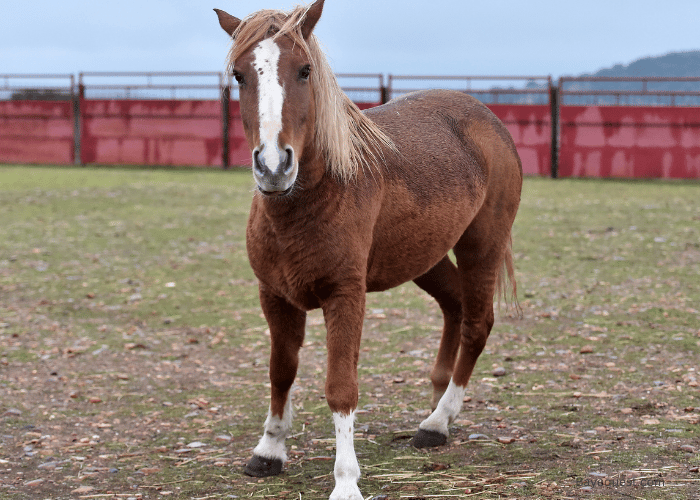
6. The Akhal-Teke
The Akhal-Teke, known for its metallic sheen, originates from Turkmenistan. These horses are built for endurance, with a slim frame, long legs, and thin skin that makes them perfect for desert climates.
They are incredibly resilient, able to survive harsh conditions and long journeys. The Akhal-Teke is an intelligent and independent horse, making it a valuable companion in war.
Famous for their loyalty, these horses were favored by Central Asian warriors. Even today, they are celebrated for their beauty and endurance in long-distance races.
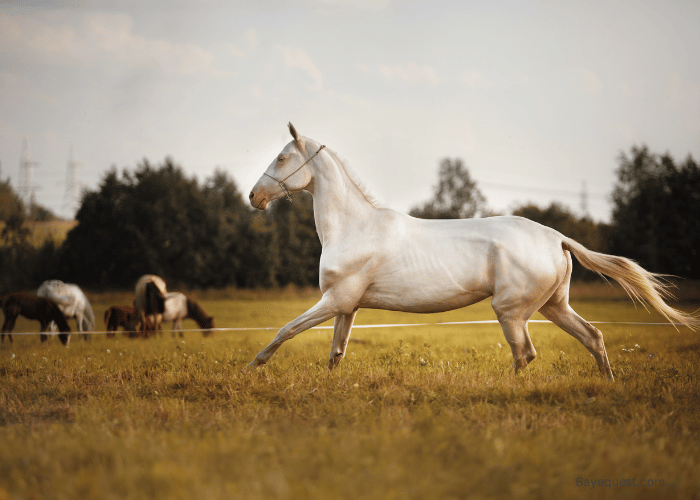
7. Waler
The Waler is an Australian horse breed known for its endurance and versatility. These horses were originally a mix of various breeds, including Thoroughbreds, Arabians, and Timor ponies.
Walers are medium-sized with a sturdy build, well-suited for long rides over tough terrain. They were used extensively by the Australian cavalry during World War I, particularly in the Middle Eastern campaigns.
Walers were valued for their ability to survive in harsh conditions with limited food and water. Their loyalty and resilience made them reliable companions for soldiers in war.
Today, Walers are remembered as the horses that carried the Australian Light Horse Brigade into battle.
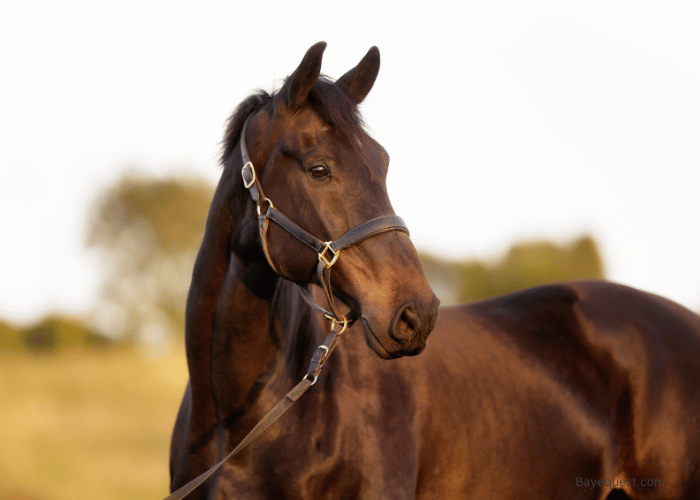
8. Friesian
Friesians are large, black horses from the Netherlands. They have a majestic appearance and flowing mane.
These horses were often used as war horses in medieval Europe due to their strength and versatility. They have a calm temperament, making them easy to train for battle.
Despite their size, Friesians are surprisingly nimble, which made them suitable for both heavy and light cavalry roles.
In history, they were favored by knights and were also used for ceremonial purposes. Their striking appearance continues to make them popular in modern equestrian shows.
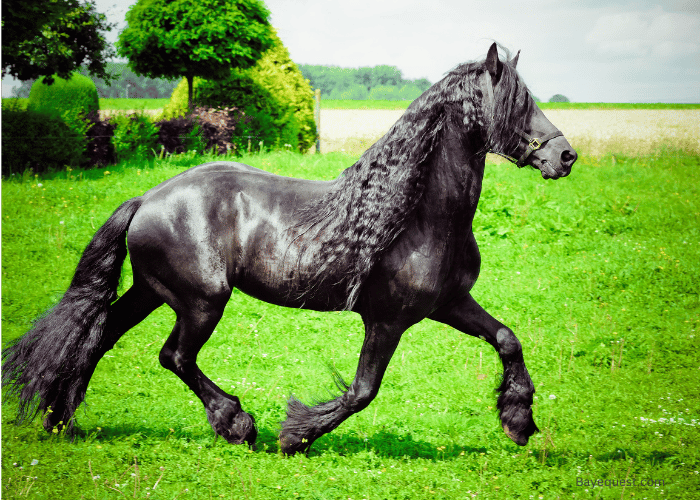
9. Shire
The Shire horse, one of the largest horse breeds, originates from England. Known for their immense strength, these horses were used to carry knights in heavy armor.
They have a broad, muscular build and a calm, gentle nature. Despite their size, Shires are incredibly patient and were often used to pull artillery in war.
Their endurance and reliability made them indispensable in battle. During World War I, Shire horses were used to transport supplies and heavy equipment across difficult terrains.
Read also: Breeds of Large Horses.
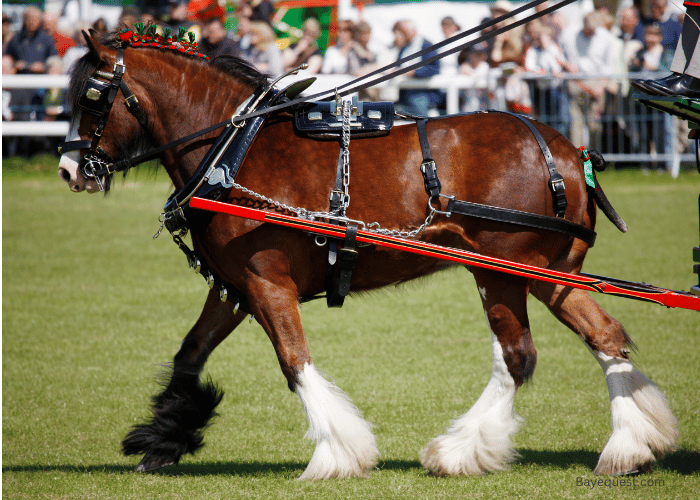
10. Thessalian
Thessalian horses come from ancient Greece. They were strong and versatile, perfect for cavalry. These horses had muscular bodies and powerful hindquarters.
They could move swiftly over rough terrain. Known for their bravery, they were favored by Alexander the Great.
Thessalians played a key role in his army’s success. Their calm nature made them reliable in battle. These horses were a big part of the Macedonian phalanx.
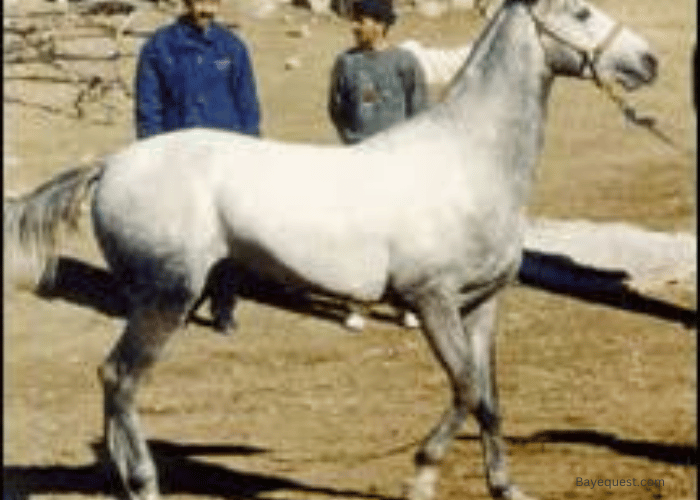
11. Mongolian
Mongolian horses are small but tough. Bred by nomads in Mongolia, they are built for endurance.
These horses are stocky with short legs and a thick coat. They can survive harsh climates and cover long distances.
Mongolian horses helped Genghis Khan conquer vast lands. They thrive on little food and water.
Known for their resilience, they are still valued in Mongolia today. These horses continue to roam freely across the steppes.
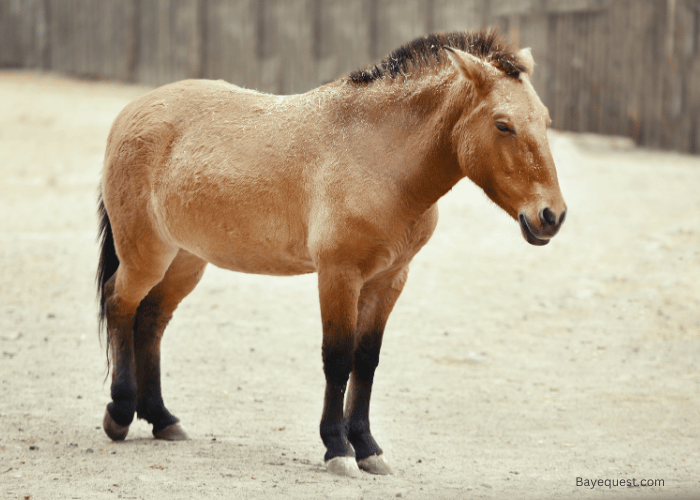
12. Courser
Coursers were fast, light horses used in medieval Europe. They were built for speed and quick attacks.
With long legs and a lean body, they could sustain high speeds. Knights and messengers preferred them for their agility.
Coursers were perfect for hit-and-run tactics. Richard the Lionheart rode them during the Crusades.
They were crucial for outpacing enemies and delivering messages quickly. Coursers were known for their swift and efficient movement in battle.
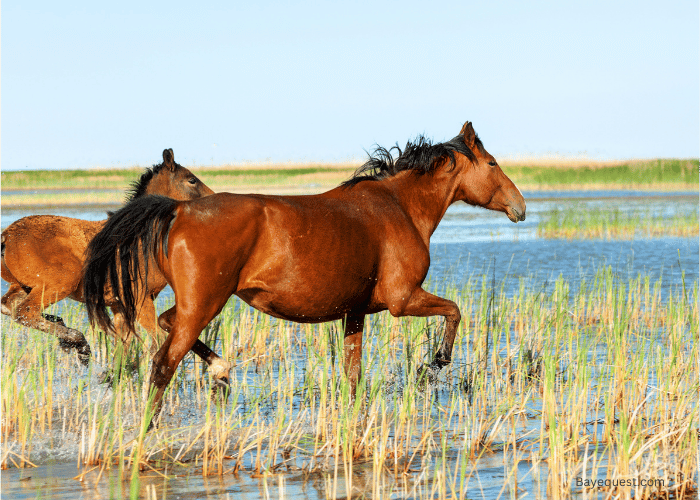
13. Palfrey
Palfreys were known for a smooth and comfortable ride. These horses were medium-sized with a refined build.
They weren’t used in battle but were popular for travel and ceremonies. Nobles and ladies favored Palfreys for long journeys.
They had a gentle temperament and could cover long distances without tiring the rider. Eleanor of Aquitaine often chose Palfreys.
Their combination of grace and comfort made them a top choice for noble riders.
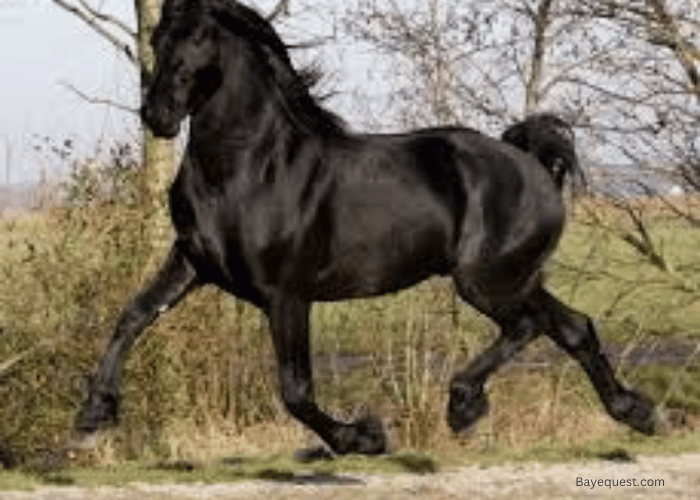
14. Iberian
Iberian horses are the ancestors of modern Andalusians and Lusitanos. They were bred on the Iberian Peninsula.
These horses were compact and muscular, with a proud stance. They were brave and intelligent, making them ideal for war and cattle work.
Iberian horses were crucial in Spain and Portugal’s cavalry. They played a significant role in the conquests of the New World.
Today, Iberian horses are admired for their strength and versatility in various equestrian disciplines.
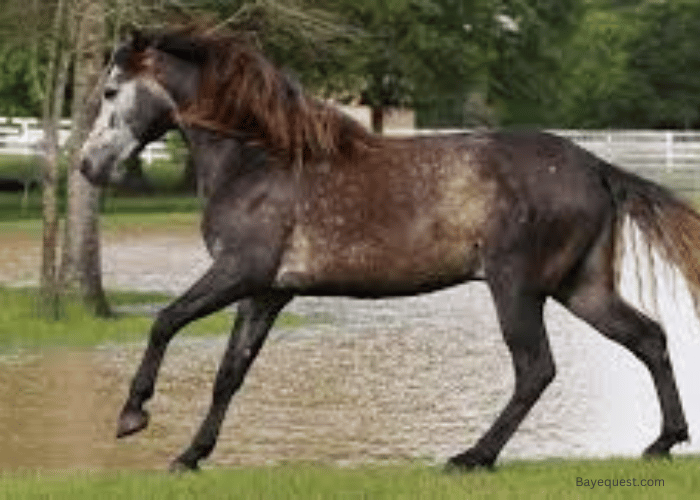
15. Rouncy
Rouncies were everyday horses in medieval Europe. They were versatile and sturdy, used by knights who couldn’t afford expensive breeds.
Rouncies had strong, muscular bodies and were reliable in battle. They weren’t as fast or refined as other horses but were valued for their endurance.
Lower-ranking knights and squires often rode Rouncies. These horses were dependable, handling the demands of war without the high cost.
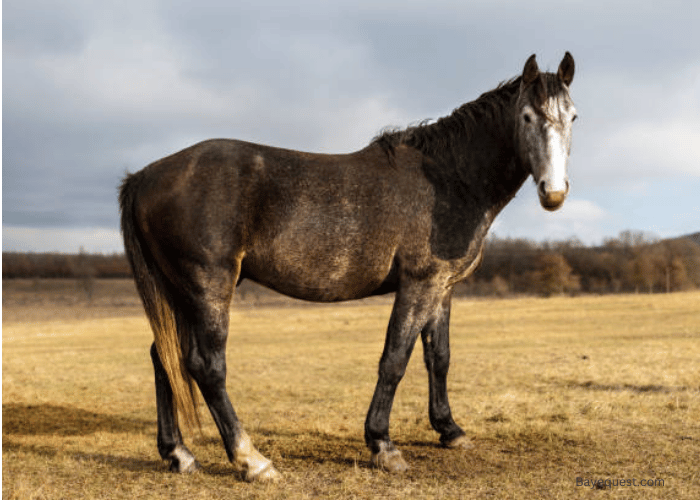
16. Holsteiner
Holsteiners come from Germany and are known for strength and elegance. These horses are tall and athletic with a powerful build.
Initially, they were bred for farm work and carriage driving. Over time, they became valuable in war for carrying heavy armor.
Holsteiners were agile and had a calm temperament. The German cavalry prized them for their reliability.
Today, they excel in show jumping and dressage, known for their athleticism and grace.
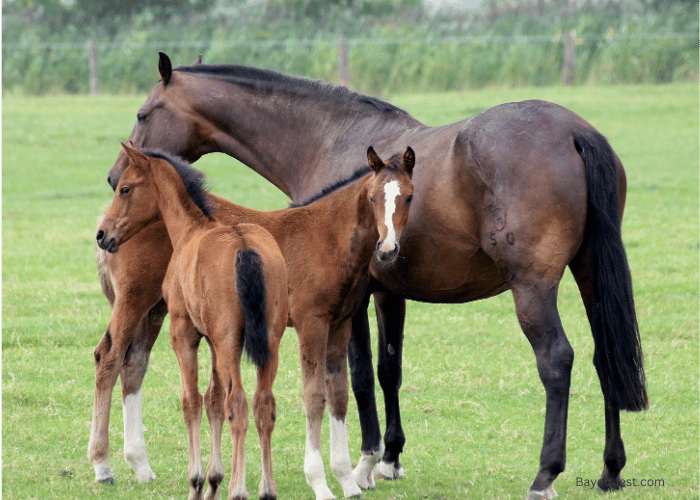
17. Hanoverian
Hanoverians, originating from Germany, are a strong and versatile breed.
These horses are tall, with a muscular build and a powerful gait. They are intelligent and willing, making them excellent war horses.
During the Napoleonic Wars, Hanoverians were used by the German cavalry for their strength and endurance. Their ability to adapt to various tasks made them invaluable on the battlefield.
Hanoverians are also known for their calm and cooperative nature, which made them easy to handle in the chaos of war. Today, they are popular in equestrian sports, particularly in show jumping and dressage.
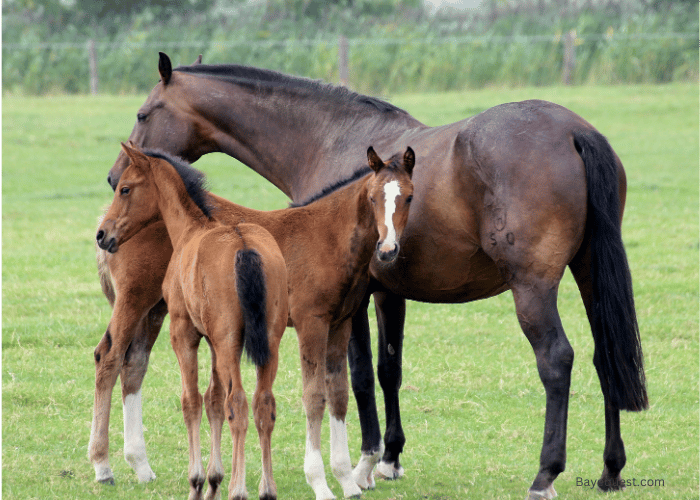
18. Ardennais
The Ardennais is a powerful draft horse from the Ardennes region of France and Belgium. They are thick, muscular and calm.
These horses were bred for heavy labor, making them perfect for pulling artillery in war. Despite their size, they are agile and could navigate tough terrains.
Ardennais horses were used extensively by European armies for transport and heavy cavalry. Their endurance and strength made them reliable in battle. Even today, they are admired for their work ethic and gentle nature.
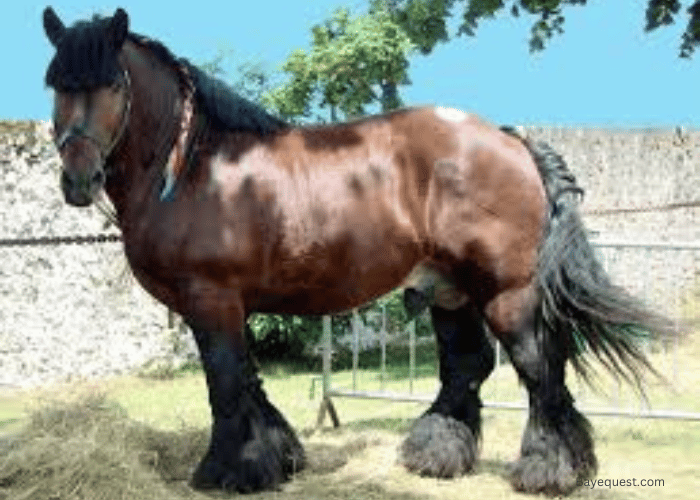
19. Boulonnais of Flanders
The Boulonnais, also known as the “White Marble Horse,” comes from the Flanders region. These horses are elegant and strong, with a distinctive, smooth coat.
Boulonnais horses were used both in war and for transporting goods. They have a calm temperament and a powerful, muscular build.
Their strength made them ideal for pulling heavy loads, including war wagons and cannons. During wars, they were valued for their endurance and ability to work long hours.
Today, Boulonnais horses are still prized for their beauty and strength, often used in parades and ceremonial events.
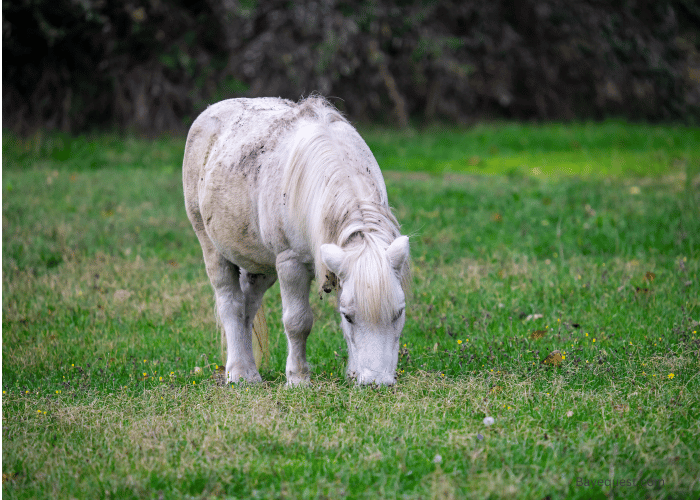
Related read: War Horse Names.
Training and Breeding of Best War Horses
Training and breeding war horses was a meticulous process. Breeding focused on selecting strong, agile, and resilient horses.
The goal was to enhance traits like endurance, speed, and courage. Mares and stallions with these qualities were chosen to produce offspring fit for battle.
Training began at a young age. Foals were exposed to various environments to build their confidence.
As they grew, training became more intense. Horses learned to carry heavy loads, including armored riders.
They were taught to remain calm in chaotic situations, like the noise of battle. War horses also practiced formations and maneuvers, responding quickly to commands.
Physical conditioning was crucial. Horses were exercised regularly to build muscle and stamina.
They were also trained in combat scenarios, learning to kick, bite, or push enemies if necessary. The bond between the horse and rider was vital, as trust was key in battle.
In summary, war horses were bred for strength and trained for resilience. Their preparation ensured they were ready to face the challenges of warfare.
Medieval War Horse Breeds: Conclusion
War horses were more than just animals; they were warriors in their own right. They charged into battle, carrying history on their backs.
Each breed brought its own strengths, from the speed of the Thoroughbred to the power of the Destrier.
These horses shaped empires, won wars, and earned their place in legend. Today, their legacy lives on, not just in history books, but in the hearts of those who admire their courage and strength.
So, next time you think of warriors, remember the ones with hooves. They were the true heroes of the battlefield.




